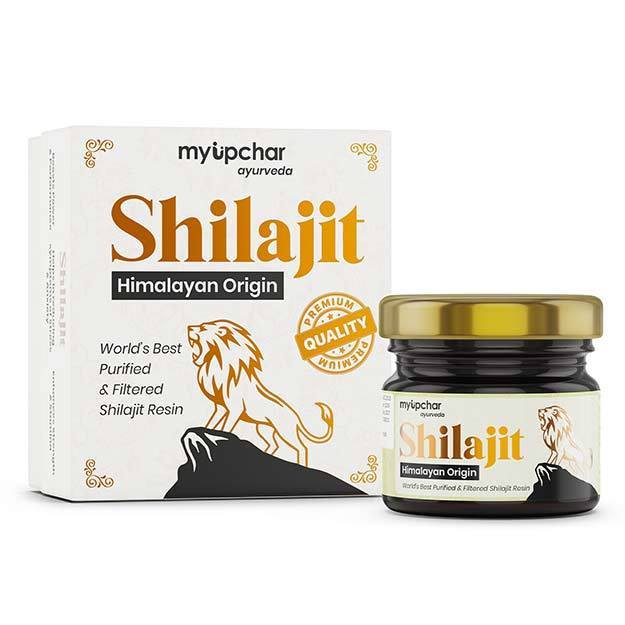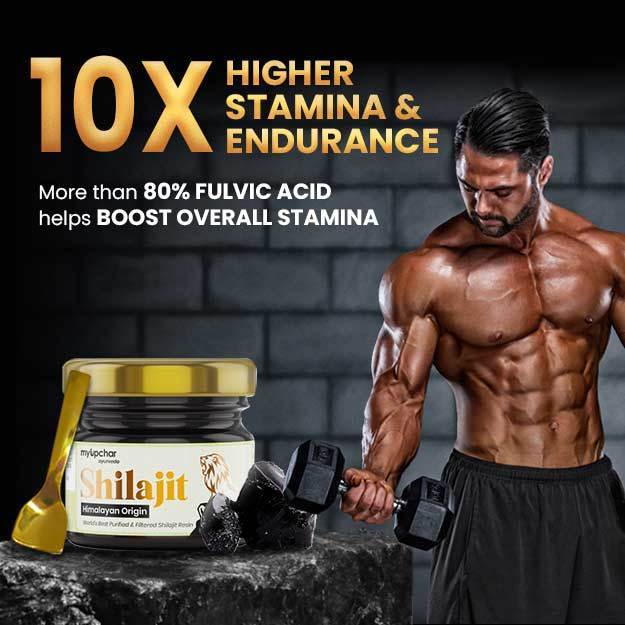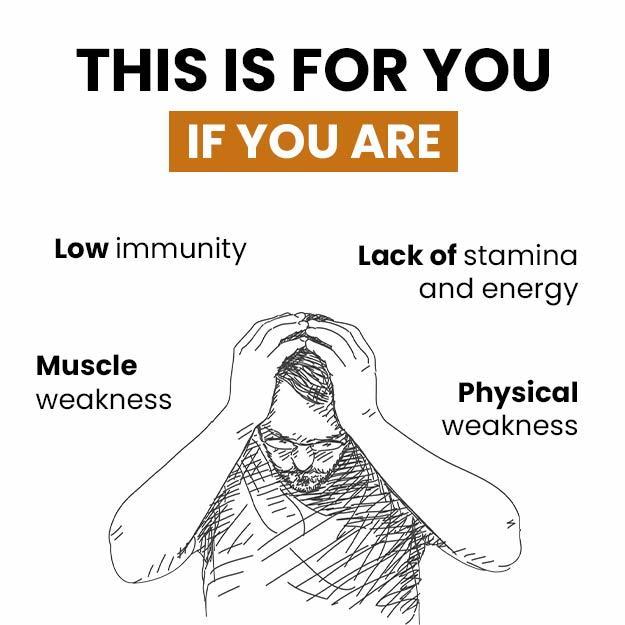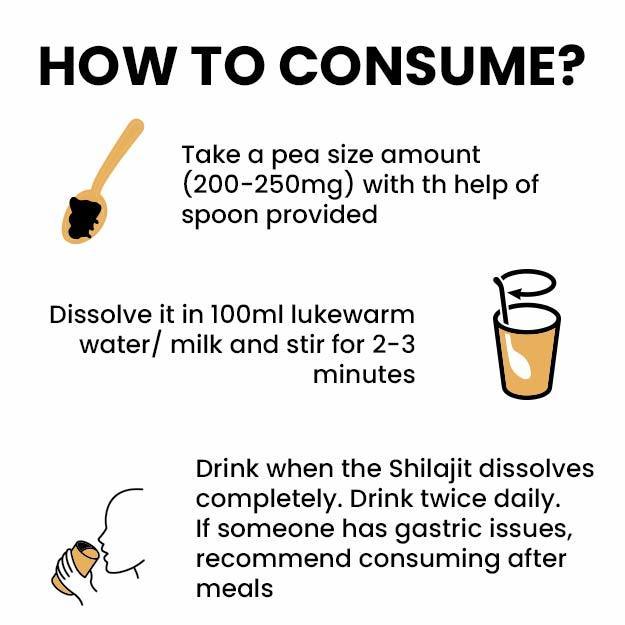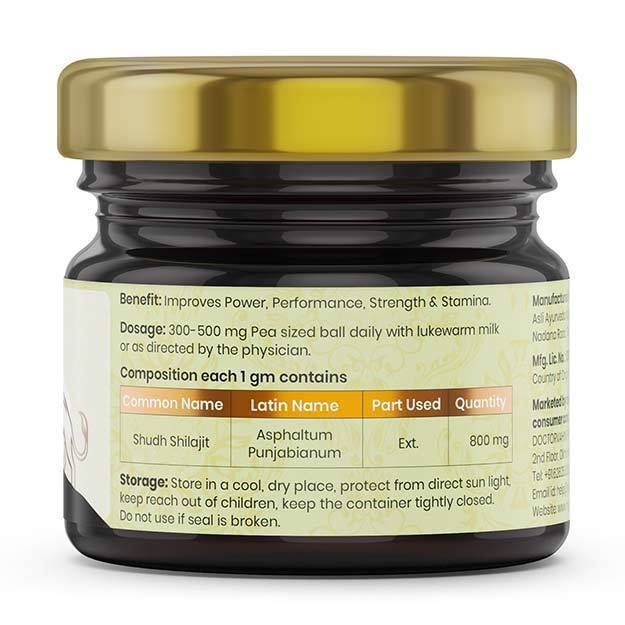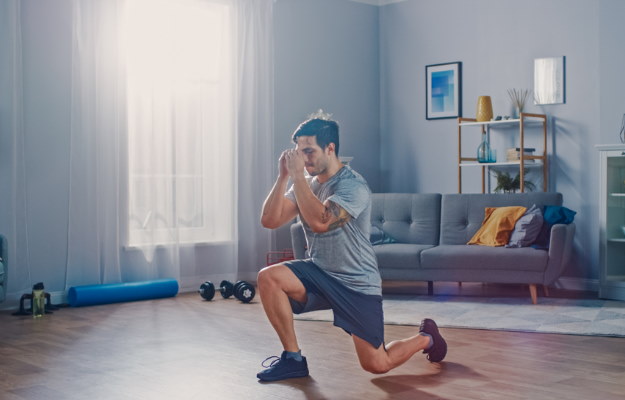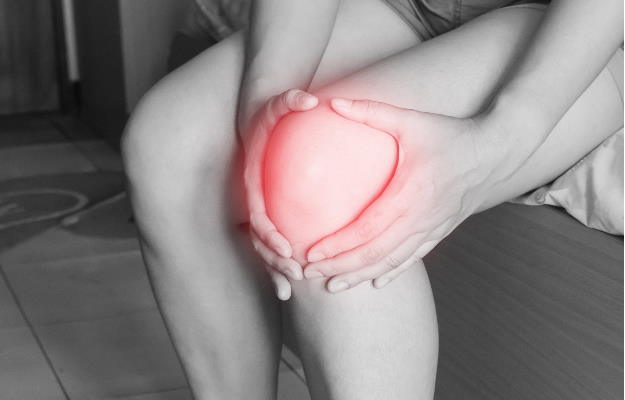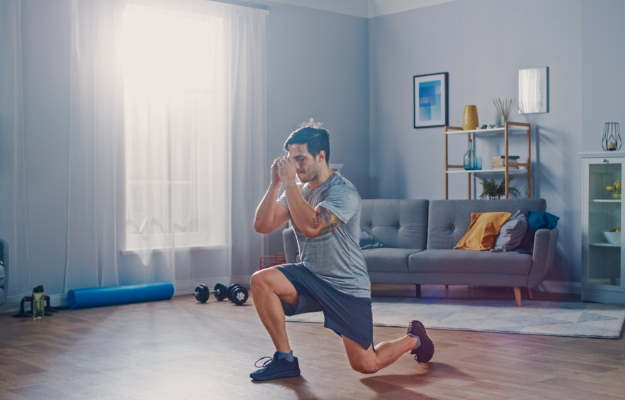Simply running or doing push-ups won’t cover fitness in its entirety. You need to incorporate aerobics, stretching, balance and strength exercises in your fitness routine.
Aerobic Exercises
When you run, your pulse becomes faster. The heart pumps more oxygen-rich blood to your legs. This helps you burn calories, for sure. But it also increases stamina over time - a person who runs regularly has to run faster and farther to achieve the same heart rate as a less experienced runner.
The term aerobic means “with oxygen”. If walking up a flight of stairs leaves you breathless, it is a sign that you need to do more aerobic exercises. Aerobic exercises, also known as cardio exercises, can help build your stamina. Examples of aerobic exercises include running, swimming, walking, cycling, dancing, etc.
Doing aerobic exercises has multiple benefits:
- Aerobic exercises are great for losing extra kilos
- Over time, aerobic exercises increase your stamina
- These exercises improve your immune system
- They reduce stress and depression, and help reduce your risk of getting diabetes
- Research shows that people who do regular aerobic exercise tend to live longer than those who do not
- These exercises improve your mood and sleep
Strength Exercises
Muscles burn through calories at a faster rate than body fat, even when you are resting. As you age, you start to lose muscle mass. This, in turn, can lead to fat accumulation. Strength training can come to the rescue, and help rebuild some of that muscle mass.
Also known as resistance or weight training, strength training uses resistance to cause muscle contraction. Examples of strength training exercises include lifting weights, using resistance bands, weight machines, and doing body weight exercises such as pushups, pullups, squats and crunches. By doing strength exercises, you are better able to do daily chores such as carrying things like groceries from one place to another, gardening, walking up a flight of stairs, getting up off the floor, etc.
Doing strength/resistance exercises has multiple benefits:
- These exercises improve bone density and reduce the risk of osteoporosis
- Strength training helps you shed weight without losing muscle mass as opposed to cardio-based workouts
- These exercises also improve joint flexibility and are known for bringing down signs of arthritis
- Strength exercises are good for older people, as these exercises improve their balance and strength. It also builds up their confidence, and reduces the chances of falling and injuries
Stretching Exercises
Stretching is a critical component in a fitness routine. At the start of the workout, it helps you gently warm up the muscles. During the workout, it helps improve flexibility. People tend to neglect flexibility in their youth, when their muscles are in good condition. But flexibility decreases with age, causing problems such as cramps, strains, joint pains, and even falling in later years. It is good to aim for a stretching session at least three to four times per week as frequent stretching makes your muscles longer and more flexible.
Doing stretching exercises has many benefits:
- They improve your performance in physical activities, including athletic performance
- They reduce the risk of sustaining injuries, cramps and strains
- After proper stretching exercises, you can enjoy the full range of motion allowed by a joint
Balance Exercises
You need balance to be able to walk, get up from a chair, or even stand for an extended period of time. Balance exercises focus on your legs, lower back, arms and core. These exercises are often difficult to do but can be performed with repeated practice. Practising yoga poses is a great way to gain balance. Asanas such as Natarajasana (lord of the dance pose), Vrikshasana (tree pose), and Garudasana (eagle pose) are a few examples of exercises that can help you improve your balance.
Doing balance exercises has many benefits:
- These exercises improve your body awareness, which is the sense of self movement and body position
- These exercises improve stability in the ankles, knees, hips, and shoulders
- Balance exercises improve your reaction time. So you are less likely to stumble, trip, and fall












